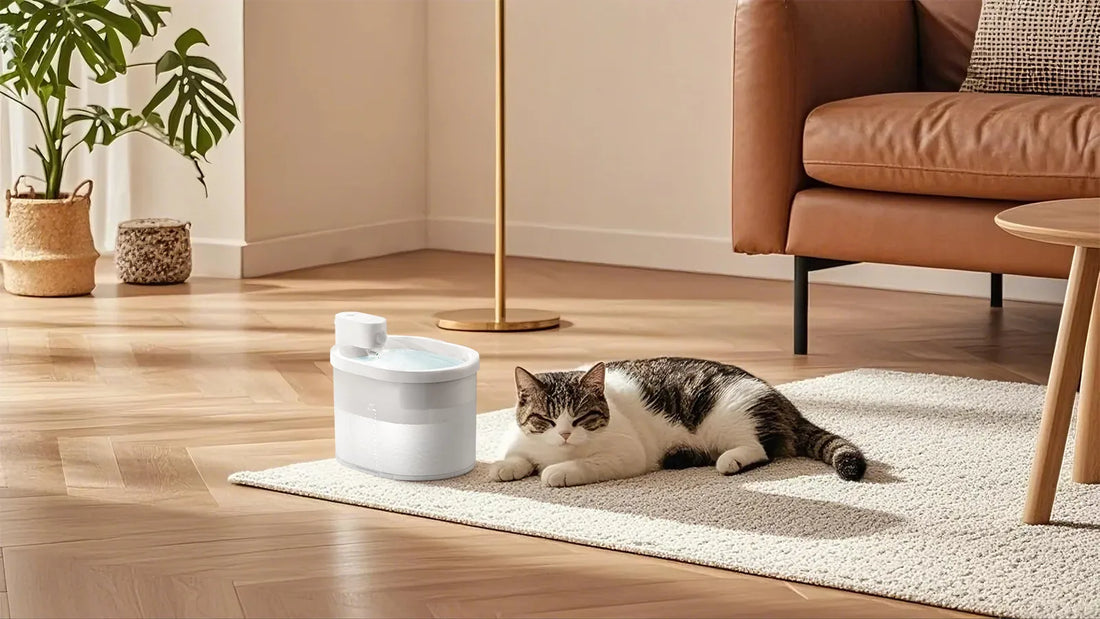Have you ever noticed your dog suddenly lowering their front legs while keeping their hindquarters up in the air? This adorable and intriguing posture is known as the dog play bow, a universal gesture among canines that speaks volumes about their intentions and emotions. Understanding this behavior can deepen your bond with your furry companion and provide insights into their social interactions.
What is a Dog Play Bow?
The dog play bow is a posture where a dog lowers its front legs to the ground while keeping its rear end elevated. This position is often accompanied by a wagging tail, a relaxed expression, and sometimes even a playful bark or growl. It is a clear invitation to play, signaling to other dogs or humans that the interaction is friendly and non-threatening.
The Origins of the Play Bow
The play bow is deeply rooted in canine behavior and has evolutionary significance. In the wild, dogs and their ancestors used this gesture to communicate their playful intentions, ensuring that their interactions remained non-aggressive. This behavior has been passed down through generations, making it a common sight in domestic dogs today.
Why Do Dogs Play Bow?
Dogs use the play bow for several reasons. Primarily, it serves as a signal to initiate play, indicating that any subsequent actions are meant in a playful context. It also helps to establish trust and reduce tension during social interactions. Additionally, the play bow can be a way for dogs to express excitement and enthusiasm, especially when they are eager to engage in a game or activity.
Interpreting the Play Bow
While the play bow is generally a positive and playful gesture, it is essential to consider the context in which it occurs. For example, if a dog play bows during a tense interaction, it may be attempting to diffuse the situation and prevent conflict. Observing your dog's body language and the surrounding environment can help you better understand their intentions.
The Role of the Play Bow in Socialization
The play bow plays a crucial role in canine socialization. Puppies often use this gesture to initiate play with their littermates, helping them develop essential social skills. As dogs grow older, they continue to use the play bow to interact with other dogs and humans, fostering positive relationships and reinforcing social bonds.
Encouraging Playful Behavior
As a dog owner, you can encourage your dog's playful behavior by responding positively to their play bows. Engage in interactive games, such as fetch or tug-of-war, to reinforce their playful intentions. Providing toys and creating a stimulating environment can also promote healthy play and socialization.
When to Be Cautious
While the play bow is typically a harmless gesture, it is essential to be mindful of your dog's overall behavior. If your dog exhibits signs of aggression or discomfort alongside the play bow, it may be necessary to intervene and assess the situation. Consulting with a professional trainer or behaviorist can provide valuable insights and ensure your dog's well-being.
Enhancing Your Bond Through Play
Understanding and responding to your dog's play bow can significantly enhance your bond. By engaging in playful activities and recognizing their social cues, you can create a positive and enriching environment for your furry friend. This mutual understanding fosters trust, strengthens your relationship, and promotes a happy and healthy lifestyle for your dog.
Next time your dog strikes a play bow, take a moment to appreciate this fascinating behavior. It is not just a cute pose but a meaningful gesture that reflects their playful nature and desire for social interaction. Embrace the opportunity to connect with your canine companion and enjoy the joy and laughter that comes with their playful antics.













